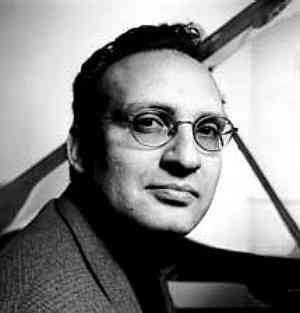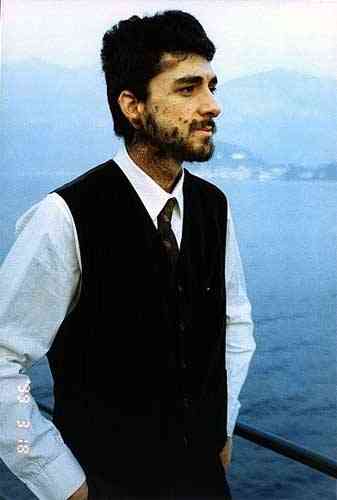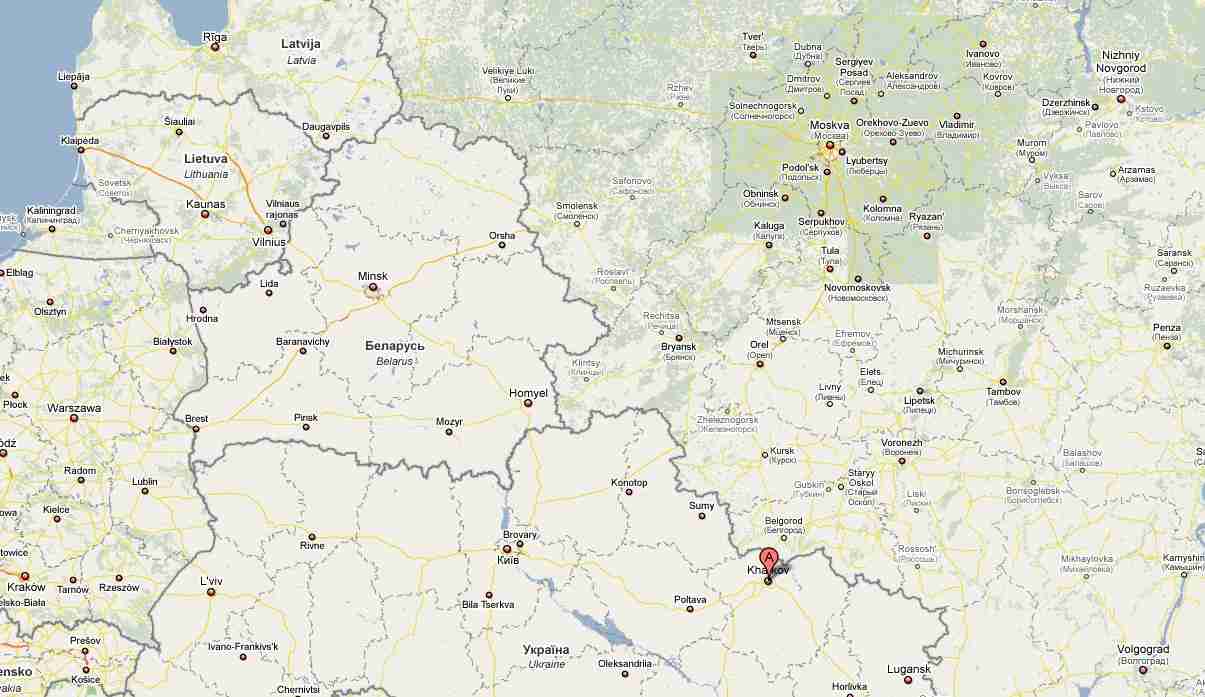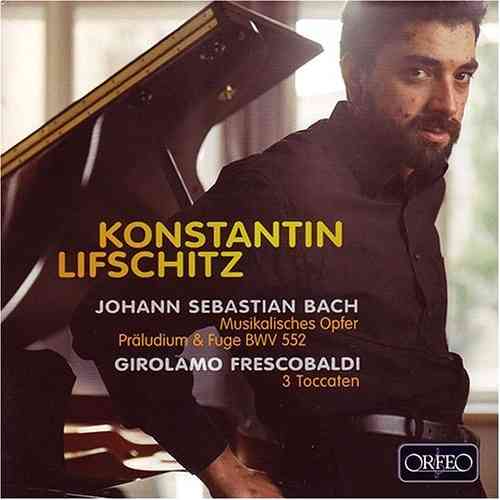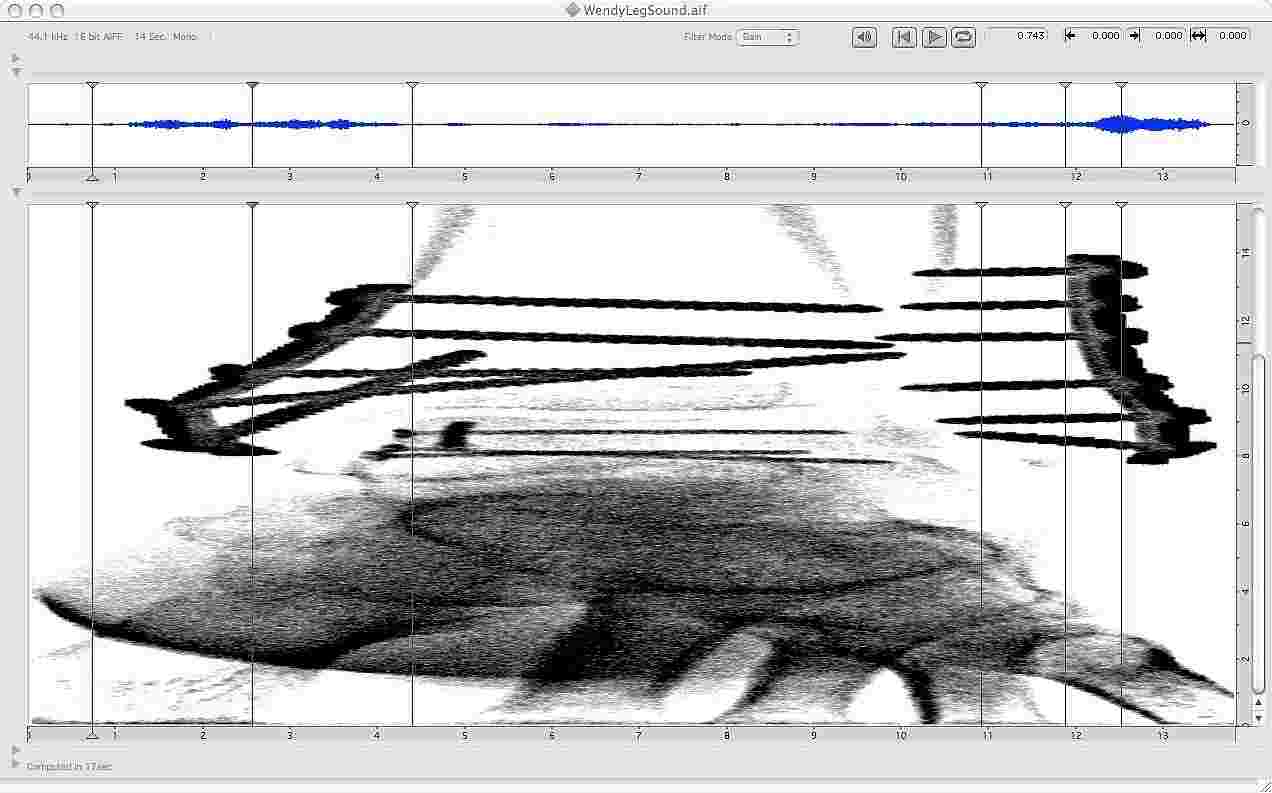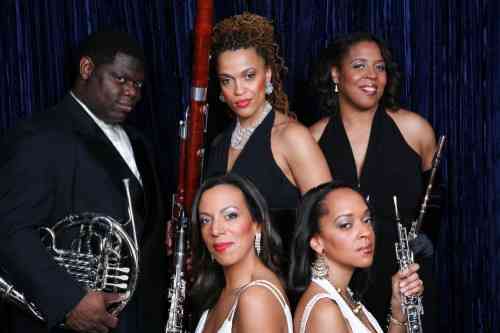
S tandpoint theory’ … asks: could you do science [, or computing, or music or other of the arts] differently if you did not ‘erase’ [disenfranchise] those people outside the [conventionally-enforced] institutional representation? ... Women in science can more sharply expose [science’s] assumptions because they are not party to the prior agreements [of the prevailing Establishment authorities]. And precisely because they are not part of the prior agreements, they may freely prioritize other agreements, including agreements about strategies for dealing with the actual world that are different from those used by institutional science [or institutional music, etc.]; strategies with a different understanding about power relations between the observer and the observed and generating different kinds of knowledge.”
— Lynette Hunter, Situated Textualities, p. 163.
E verybody thinks that classical music is the music of the European canon. But when you go to children [in public schools in the U.S.] now, they don’t know what ‘classical music’ is, period.”
— Toyin Spellman-Diaz, Imani Winds oboist, quoted in Vivien Schweitzer NYT 14-NOV-2008.
A nd so those kids are growing up not imagining that these musical ‘homelands’ exist. They are growing up not knowing that they ‘belong’ and have the possibility of a home within the many communities of classical music including chamber music. Community outreach programs to address that problem are tremendously important, to the kids and to each society as a whole. The Imanis are wonderful ambassadors—Secretaries of State from what, to those kids, are unknown (and what, once they discover them, are revealed to be exciting and congenial—) ‘lands’. Thank you, Imani Winds, for all of your efforts to de-mystify chamber music through your community outreach programs!”The ‘Thanksgiving’ U.S. holiday seems to me a perfect occasion to point out the recent, festive performances and recordings of the wind quintet, Imani.
— DSM.
- Valerie Coleman, flute
- Mariam Adam, clarinet
- Toyin Spellman-Diaz, oboe
- Jeff Scott, French horn
- Monica Ellis, bassoon
Have a listen to a couple of MP3 clips from two of their recent recordings:
[50-sec clip, Imani Quintet, Ástor Piazzolla, ‘Fuga e Misterio’, 1.2MB MP3]
[50-sec clip, Imani Quintet, ‘The Holly and The Ivy’ traditional carol, 1.2MB MP3]
The Piazzolla is especially characteristic, I think, of the Imanis’ chamber music ‘fusion’ interpretive approach. In his chamber compositions Piazzolla notoriously ‘borrowed’ elements of jazz (esp, its harmonies and dissonances)—plus elements of tango, baroque counterpoint, and a variety of other idioms. Essentially, he created a ethnomusicological ‘country’ or ‘territory’ in which to ground his own individualism. The Imanis make a ‘home’ out of it. In fact, they make every sonic-space they enter their ‘home’.
Piazzolla’s—and the Imanis’—style transcends all of the borrowed influences: they don’t merely ‘appropriate’ the influences or ‘reference’ them. For example, the passacaglia form with its circulating continuo line entraining/entrained-in a recursive harmonic sequence was idiomatic for 17th and 18th Century baroque music, but it’s also fundamental to jazz progressions. Another example from baroque composition idioms is the complex and often virtuosic counterpoint that epitomizes formal, collectivistic fugal gestures but which in Piazzolla/Imani Winds incarnations becomes a vehicle for individualistic discourse by each chamber artist in turn.
M ore obviously ‘democratic’ and autonomy-related are the improvisational elements. Improvisation might nominally be borrowed from jazz, but in practice it entails different tonal and rhythmic palettes that, despite how extensible and varied they are, do stay within the boundaries of the ‘homesteaded’ sonic territory.
- Property rights;
- Autonomy and equality;
- Enfranchisement;
- Social justice;
- Decolonizing the colonized;
- Becoming anti-colonial musical activists.
Our notions of ‘belonging’ and nation-ness may have mutated in these recent years of globalization, but the issue of belonging is no less important than it ever was—and the Imani Winds sound reminds us of that fact. Thanksgiving is a holiday (in the U.S., Canada, and other places) that is associated, perhaps more than any other holiday, with concepts of nation and family and unity and equality. But it’s also an occasion for remembering and celebrating difference—for affirming the stories that we hold in common with each other, and for remembering and meditating upon the narratives that make us diverse or that, for better and worse, still separate us or colonize us. The Imanis cross genre boundaries as though they weren’t there—one big borderless E.U. as far as the performing arts are concerned.
Shall I put one of the Imani CDs on to play when my own family assembles to celebrate this Thursday? In think yes. The group or family forms a focus for our sense of belonging—and how we move our sense of attachments and identity from place to place. Members of my own family live far apart and travel abroad frequently; we don’t have opportunities to see each other very often. Our processes of ‘identification’ aren’t constant, and they surely aren’t frozen in-time as they once seemed when we were not all so far-flung. The processes are renewed and altered at times of holiday celebrations; they are contingent and fleeting, expressed in relation to our group and its customary holiday foods, and music, and other cultural genres and artifacts. We ‘transcend’ whatever our identities may have been in the past, as we create new experiences together. In a way, Imani Winds is ‘trans-national’ and ‘contingent’ as much as it is transcendent in its repertoire and interpretations. And it is so in much the same way, I think, as what I believe families do, including my own.
All of us are, in the process, avoiding artistic ‘essentialism’ and artistic ‘determinism’ or passivity—and instead actively migrating into or creating new areas. Or at least that is what listening to the Imanis makes me feel.
Their warmth and exciting virtuosity are captivating. To hear Imani Winds perform is to want to be(come) a member of their family...
Upcoming Imani Winds performances include the following:
- 01-DEC-2008 19:00 at Borders Bookstore, 461 Park Av, New York NY
- 02-DEC-2008 20:00 at Carnegie Hall Stern Auditorium, New York
- 09-DEC-2008 19:00 at Borders Bookstore, 3700 Torrance Blvd, L.A.
- 10-DEC-2008 20:00 at Walt Disney Concert Hall in Los Angeles CA
- 12-DEC-2008 20:00 at the Performing Arts Center in South Orange NJ

- Imani Winds website
- Imani Winds. This Christmas. (Koch, 2008.)
- Imani Winds. Wind Quintet. (Koch, 2006.)
- Schweitzer V. Sound of woodwinds, calling for Change. New York Times, 14-NOV-2008.
- Piazzolla.org
- Christiansen F, Hedetoft U, eds. The Politics of Multiple Belonging. Ashgate, 2004.
- Collins P. Black Feminist Thought: Knowledge, Consciousness, and the Politics of Empowerment. Routledge, 2008.
- Dieckhoff A. The Politics of Belonging: Nationalism, Liberalism, and Pluralism. Lexington, 2004.
- Felski R. Beyond Feminist Aesthetics: Feminist Literature and Social Change. Harvard Univ, 1989.
- Giddings P. When and Where I Enter: The Impact of Black Women on Race and Sex in America. 2e. Amistad, 1996.
- Gorin N. Astor Piazzolla: A Memoir. Amadeus, 2003.
- Hedetoft U, Hjort M, eds. The Postnational Self: Belonging and Identity. Univ Minnesota, 2002.
- Henderson A. Hierarchies of Belonging: National Identity and Political Culture. McGill Univ, 2007.
- Hunter L. Situated Textualities in Science, Computing and the Arts. Routledge, 1999.
- Lorde A. Sister Outsider: Essays and Speeches. Crossing, 2007.
- Mohanty C. Feminism without Borders: Decolonizing Theory, Practicing Solidarity. Duke Univ, 2003.
- Warner M. Publics and Counterpublics. Zone, 2005.
- Doris Duke Charitable Foundation grants programs in the arts, including community outreach and equitable 'access'
- SphinxMusic.org
- Chamber Music International community outreach program
- American Composers Orchestra community outreach program
